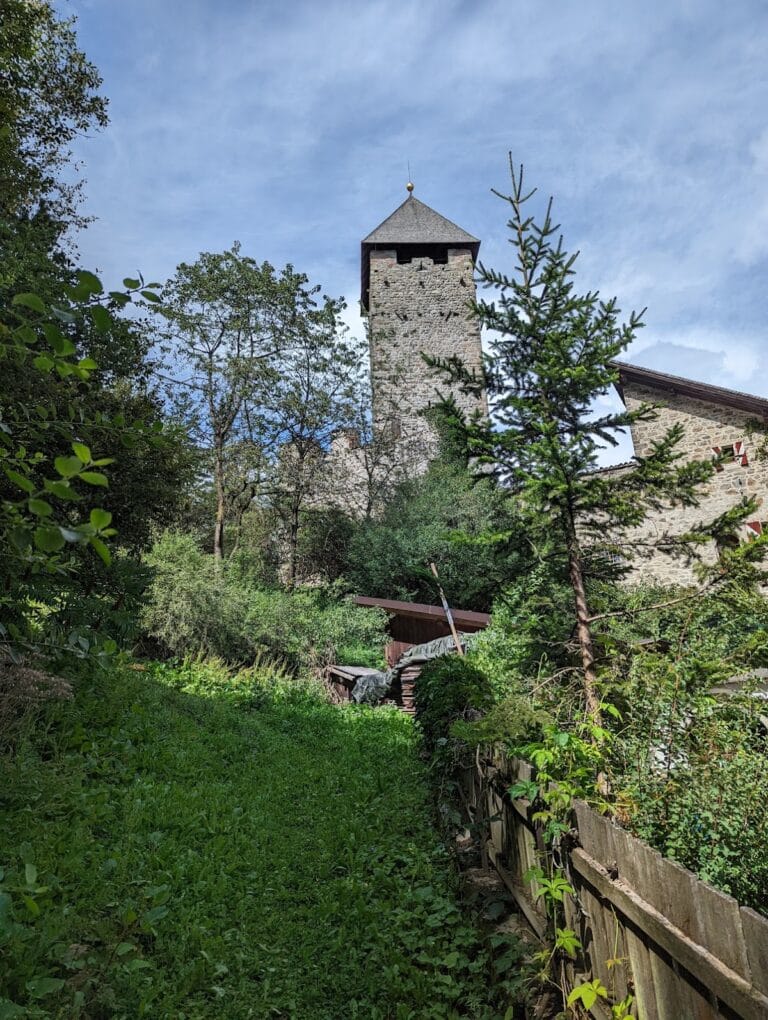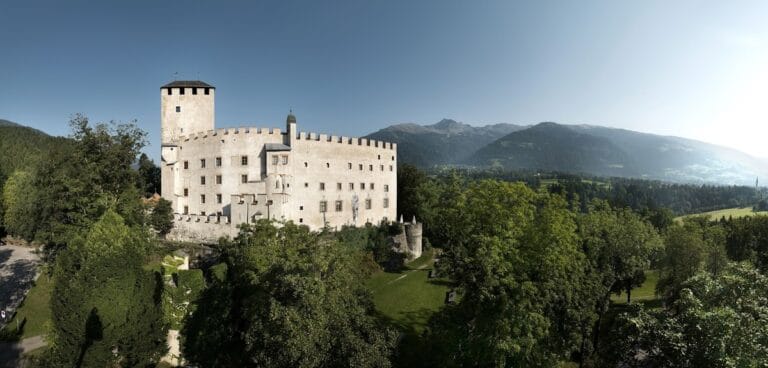Welsperg Castle: A Medieval Fortress in Northern Italy
Visitor Information
Google Rating: 4.4
Popularity: Low
Google Maps: View on Google Maps
Official Website: www.schlosswelsperg.com
Country: Italy
Civilization: Medieval European
Remains: Military
History
Welsperg Castle is situated in the municipality of Monguelfo-Tesido in northern Italy and was constructed during the medieval period by a local noble family. Initially developed by the brothers Schwikher and Otto von Welsperg between 1126 and 1140, the castle began with the erection of a tall and narrow defensive tower known as a bergfried, serving as a secure stronghold.
Following this early phase, the Welsperg family expanded the complex by adding a residential building, called the palas, along with supporting economic structures and a Romanesque chapel, demonstrating their growing status and the castle’s role as both a home and administrative center. During this time, the Welsperg family acted as under-vogts, or sub-governors, for the prominent Counts of Gorizia and Tyrol. Their influence increased through alliances cemented by marriage, as well as involvement in trade, mining operations, and regional governance.
In 1359, Georg von Welsperg extended his family’s control by acquiring Castle Thurn, located just across the Gsieser Bach stream from Welsperg Castle. This strategic purchase emphasized the family’s regional dominance and created a linked defensive position on either side of the valley.
The castle experienced significant enlargement and strengthening around the transition from the 15th to the 16th century, reflecting advancements in military architecture and the ongoing need to protect the estate against threats. By the late 17th century, the family reached the height of their prestige under Baron Guidobold von Welsperg, who served as a chamberlain and imperial counselor. His status was formally recognized when Emperor Leopold I raised him to the rank of count in 1693.
However, the castle suffered a major setback in 1765 when a fire damaged large portions of the buildings, including parts of the palas and associated economic structures. During the subsequent reconstruction, the palas’ roof was lowered to its current form, but the castle ceased to be a primary residence, gradually losing its former importance.
The direct Welsperg lineage ended in 1907 with the death of Heinrich Karl Count von Welsperg. Ownership of the estate then passed through adoption to a branch of the Counts of Thun-Hohenstein. Today the property remains in their possession, managed by Georg Siegmund Count von Thun-Hohenstein-Welsperg. Since 1987, the cultural association Kuratorium Schloss Welsperg has overseen the castle’s preservation and organized cultural activities that respect both the castle’s heritage and ongoing restoration needs.
Remains
Welsperg Castle is perched on a rocky outcrop just north of the village of Welsberg, commanding the entrance to the Gsieser Tal valley. The site’s natural defenses are enhanced by steep cliffs that descend sharply to the Gsieser Bach stream below, providing a formidable location for medieval fortification.
The earliest and most distinctive surviving element of the castle is its bergfried, a tall, narrow tower built between 1126 and 1140. This stone keep originally served as a strong defensive structure, designed to offer refuge and control over the surrounding landscape. Its proportions and endurance make it a prominent and recognizable feature of the site today.
Shortly after the bergfried’s construction, a palas was added. This residential building formed the main living quarters for the noble family and was accompanied by various economic buildings that supported daily operations such as storage, workshops, or stables. A Romanesque-style chapel was also incorporated into the complex, highlighting the spiritual needs of the inhabitants and their religious affiliations during the medieval era.
At the close of the 15th and into the early 16th century, the castle underwent substantial expansion and reinforcement. While specific architectural details from this period are not fully documented, the additions likely included stronger walls and additional defensive elements to adapt to the evolving nature of warfare.
After the significant fire in 1765, restoration work focused on repairing damaged sections. The palas’ roof was lowered to its current height as part of these efforts, altering its original silhouette. Despite these repairs, the castle was eventually abandoned as a residence and began to decline in status.
The castle stands opposite the ruins of Castle Thurn across the Gsieser Bach. This spatial relationship reflects their historical connection and the conscious control exerted by the Welsperg family over both sites. Present-day preservation efforts maintain the bergfried and other parts of the castle, enabling their continued use for cultural events. Restoration practices strive to honor the original building techniques while incorporating modern innovations aimed at securing the site for the future.






